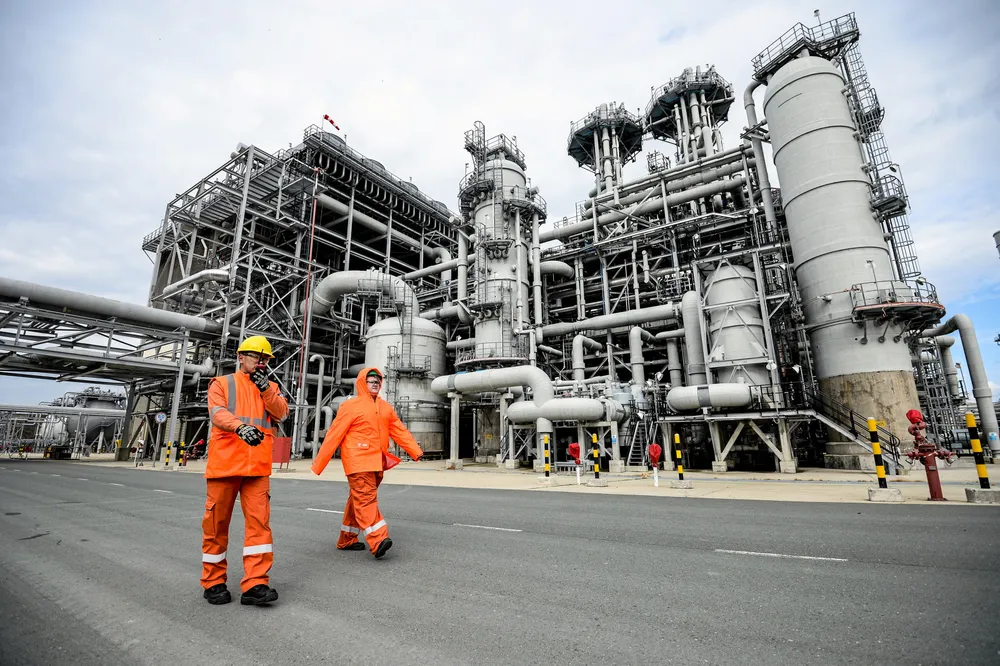Russia’s Sakhalin 2 LNG customers asked to ditch US dollar and euro payments
Customers asked to pay for LNG supplies in alternative currencies as operator adopts similar scheme to Gazprom’s pipeline payments

Customers asked to pay for LNG supplies in alternative currencies as operator adopts similar scheme to Gazprom’s pipeline payments
